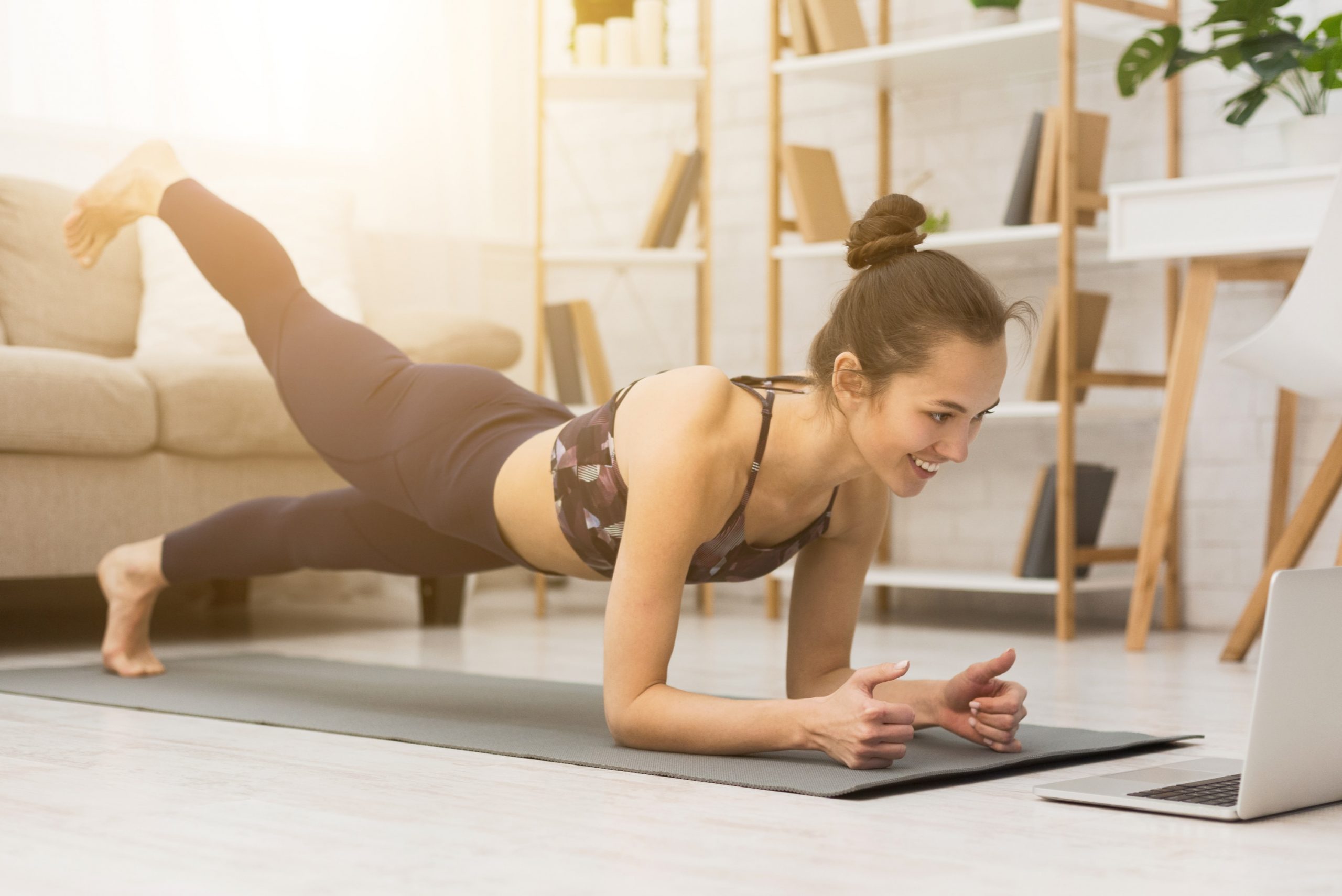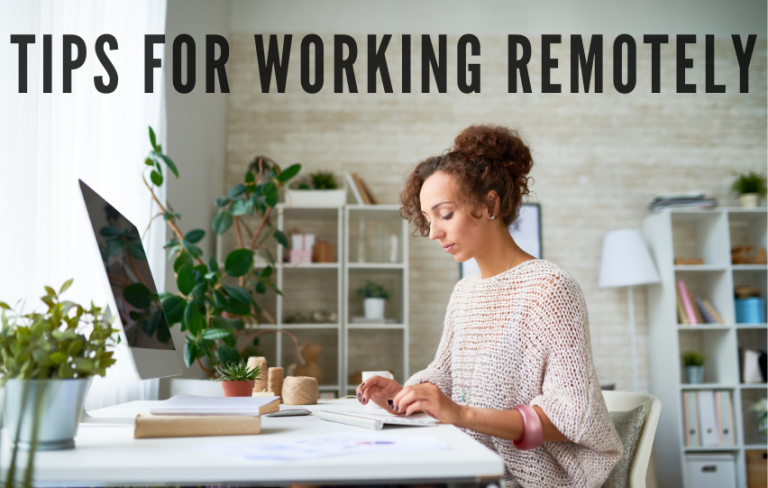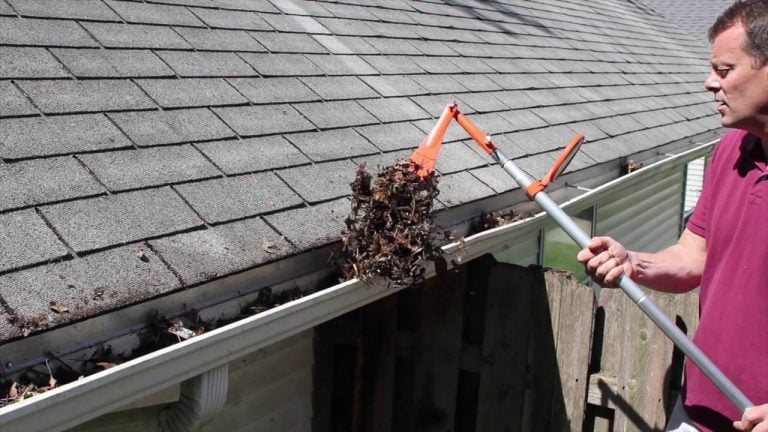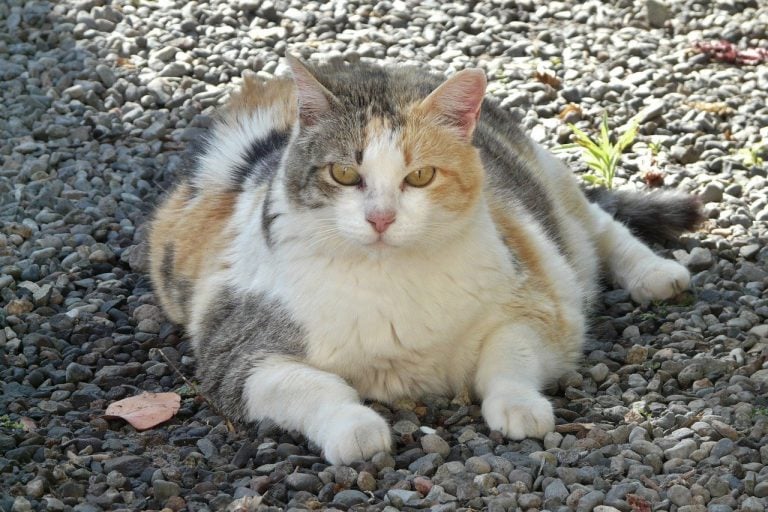Energetic music and the huffs and puffs of your neighbors at a gym can help you stay on track with your fitness goals. But just because you can’t go to the gym doesn’t mean you can’t accomplish those fitness goals at home.
Daily exercise with a balanced diet at home will help you keep fit. You don’t need a gym to make it happen, you just need to have a goal and stick to it no matter where you are.
The best at-home workouts do not usually need a lot of equipment other than your own bodyweight or any equipment. Here are some tips for all the fitness enthusiasts to optimize the outcome of their workout at home.
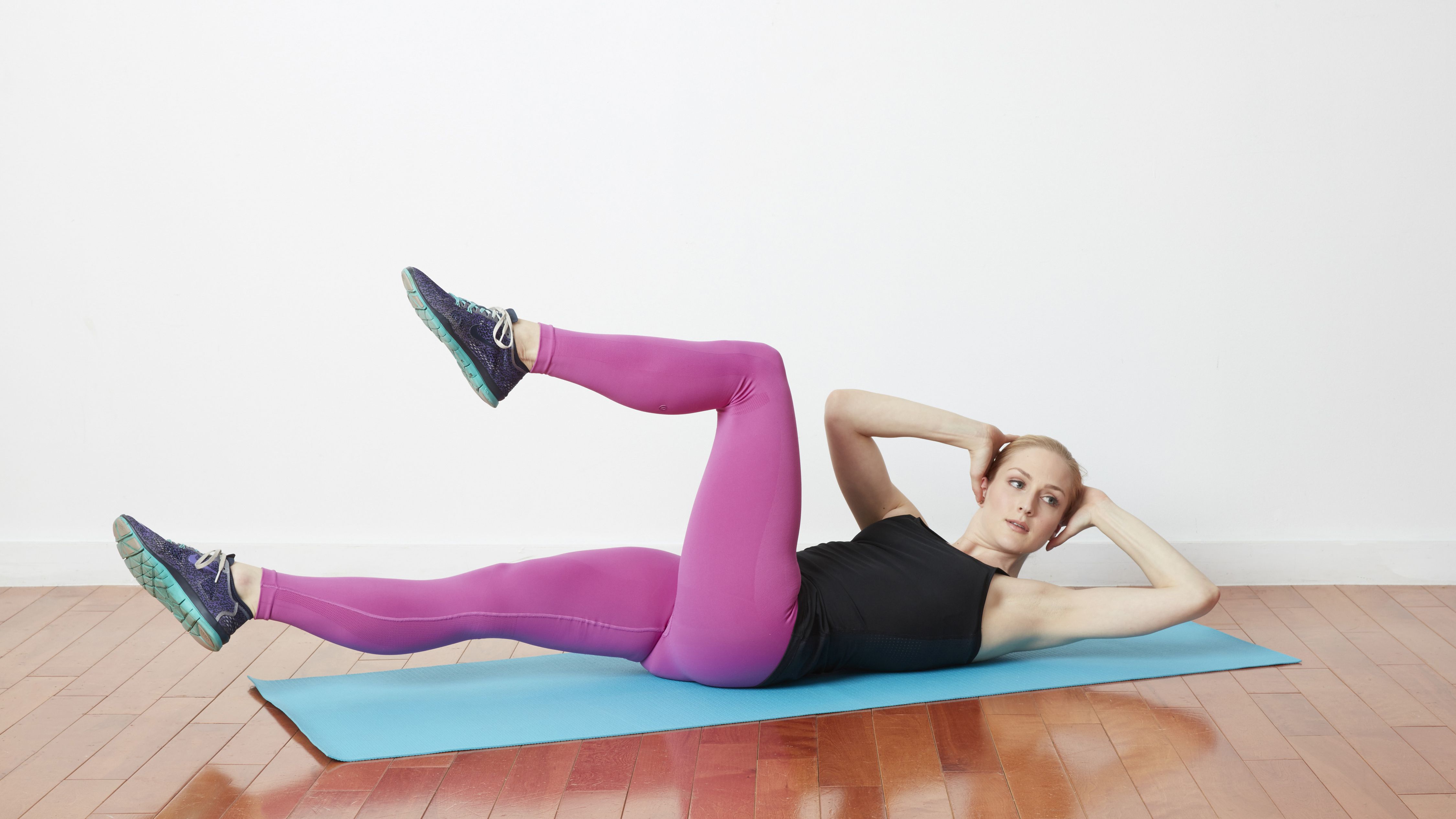
Location, Location, Location
When working out, keep all the distractions hidden. At home, you are more likely to get distracted. Find a fitness spot where you can exercise without any interruption.
Use any unused space like a basement or alcove to make it happen. Also, don’t forget to silence your cell phone messages.
You should workout in the morning. Early morning exercises give you the best results and are easier to stick to. Morning exercises will also keep you energetic throughout the day.
If you can’t work out in the morning, workout in the evening, that’s ok too. Doing it is the most important part.
Try Out Video Tutorials
You can not beat workout videos for variety, comfort, and more organized home workout. For every age, gender, target, and interest, there are workouts, and you can workout whenever you want in the privacy of your own home.
Exercise videos are the best thing: there are thousands upon thousands to choose from, so almost everyone can find a video that they want.
Walk Around the House and Have a Goal
You hear it’s essential to get 10,000 steps a day all the time, but for starters, try to go and give a different take! Aim for 8,000 steps a day.
It’s simplistic, quick to blend in, and it’s light on the joints. Eight thousand steps a day, which is nothing to sneeze at, is around 3.5 miles.
To deliver the best results, start first thing in the morning, then add a few more walks later in the day. You’re going to start looking forward to seeing the number go up. It’s better to buy an affordable pedometer.
Start a Mini Challenge
They might seem like an exercise in an old-school gym class, but you get so much out of classic push-ups. Almost every muscle in the body functions through the workout, helping to strengthen the chest, arms, and heart at the same time.
So here’s your objective: by the end of winter, complete 10 to 15 full push-ups a day. You’ll be able to ease into it.
Most people do not have the upper body’s power to go straight to a full-body push-up, so these fast and easy variations will assist you in working up at your own speed to let you achieve the final target.
Try out Chair Sit or Planking
Stand just broader than your hips on your feet. Sit down in a chair without making a sound with your heart close. On the way down, control your body. Stand up without moving your feet as soon as you hit the chair. Act with up to 30 chairs a day.
Place your forearms on the deck, your body forming a straight line from your head to your feet, your elbows under your shoulders. To engage your heart, squeeze your glutes, and hold the position. Act up to a daily 60-second plank.
Use Weights
If you have a home rowing machine, you might think you’ve worked out your entire workout. But not so quickly. By also including strength training, you’ll see better results.
This will help you get lean by burning excess body fat and growing your muscle mass if that’s your target.
It will be more potent than cardio long-duration completion. Bodyweight exercise can also be performed for significant gains, such as push-ups, planks, squats, bicycle crunches, lunges, and bridges.
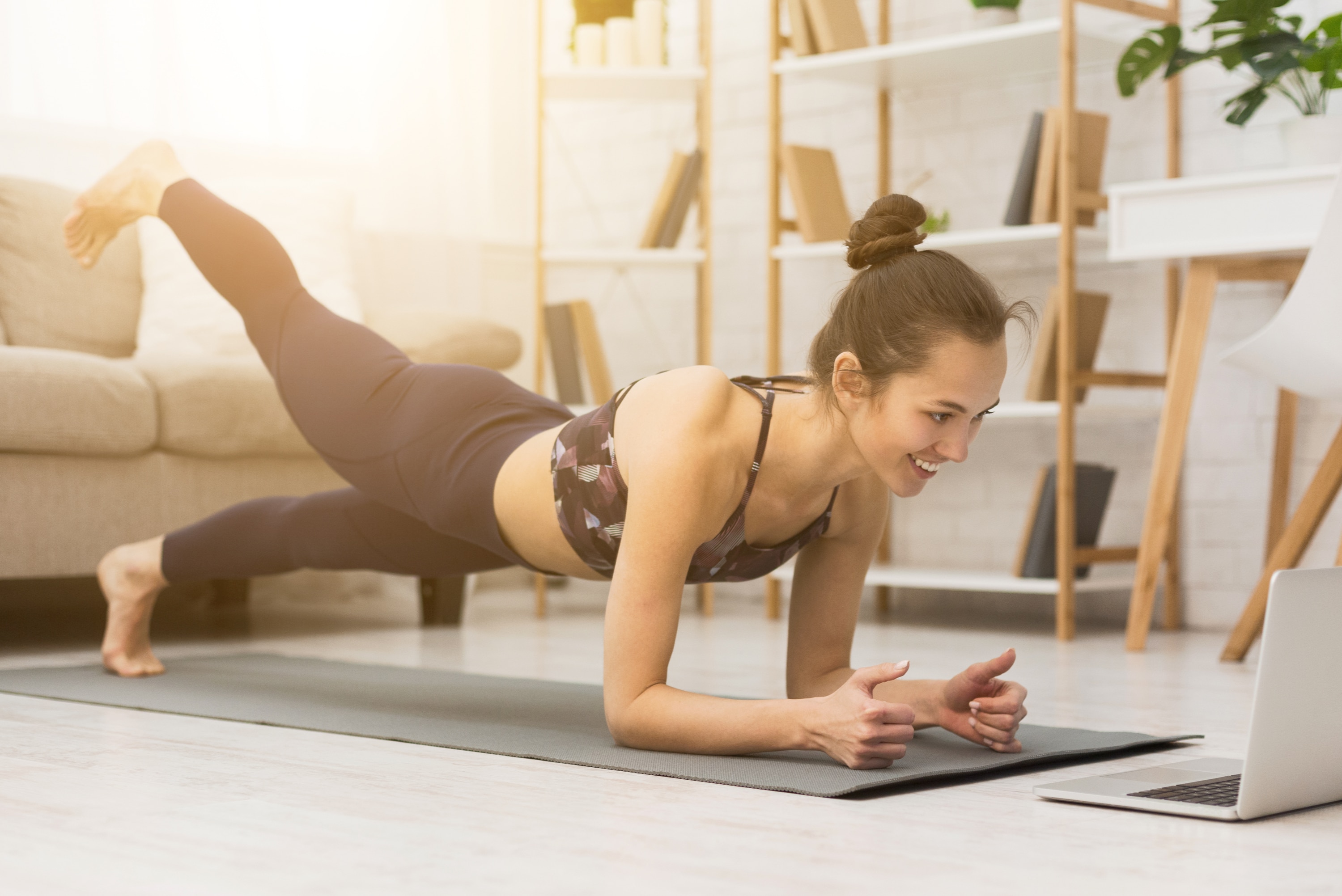
Conclusion
Aim for 30 minutes of cardiovascular exercise at least 3 times a week and 20 to 30 minutes of strength work three times a week if you’re a beginner.
Make sure that all major muscle groups in your upper body, lower body, abdominals, and back, are protected by your strength workout. Be sure to start slowly and increase your workout time and intensity over time.

